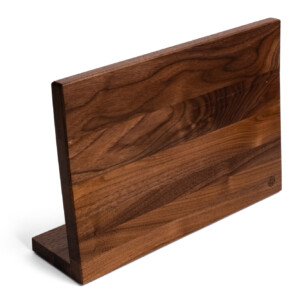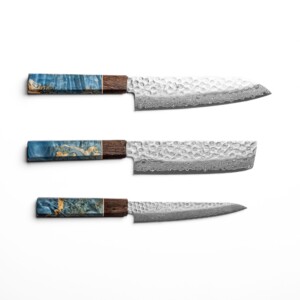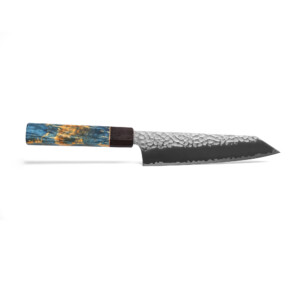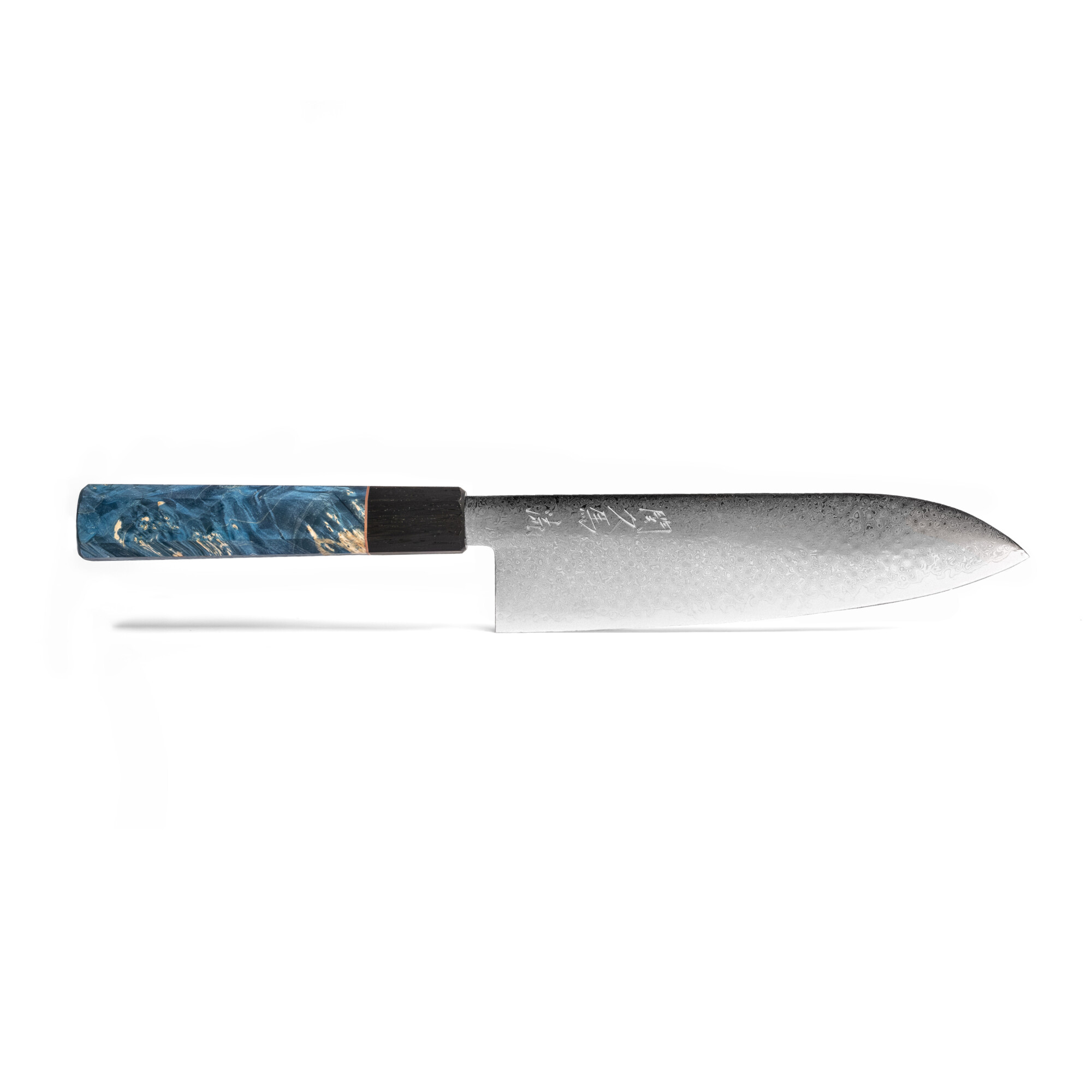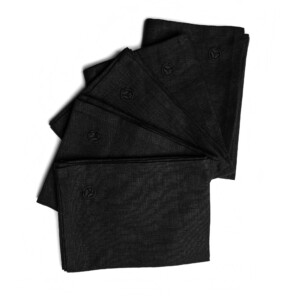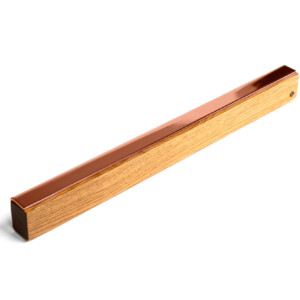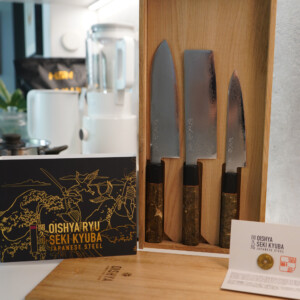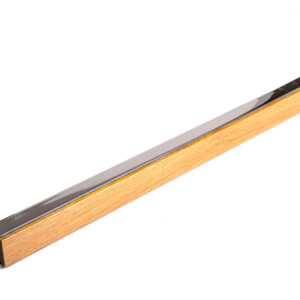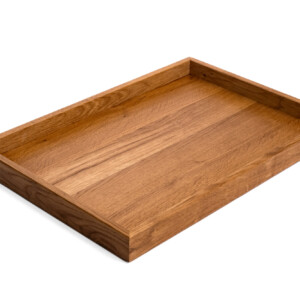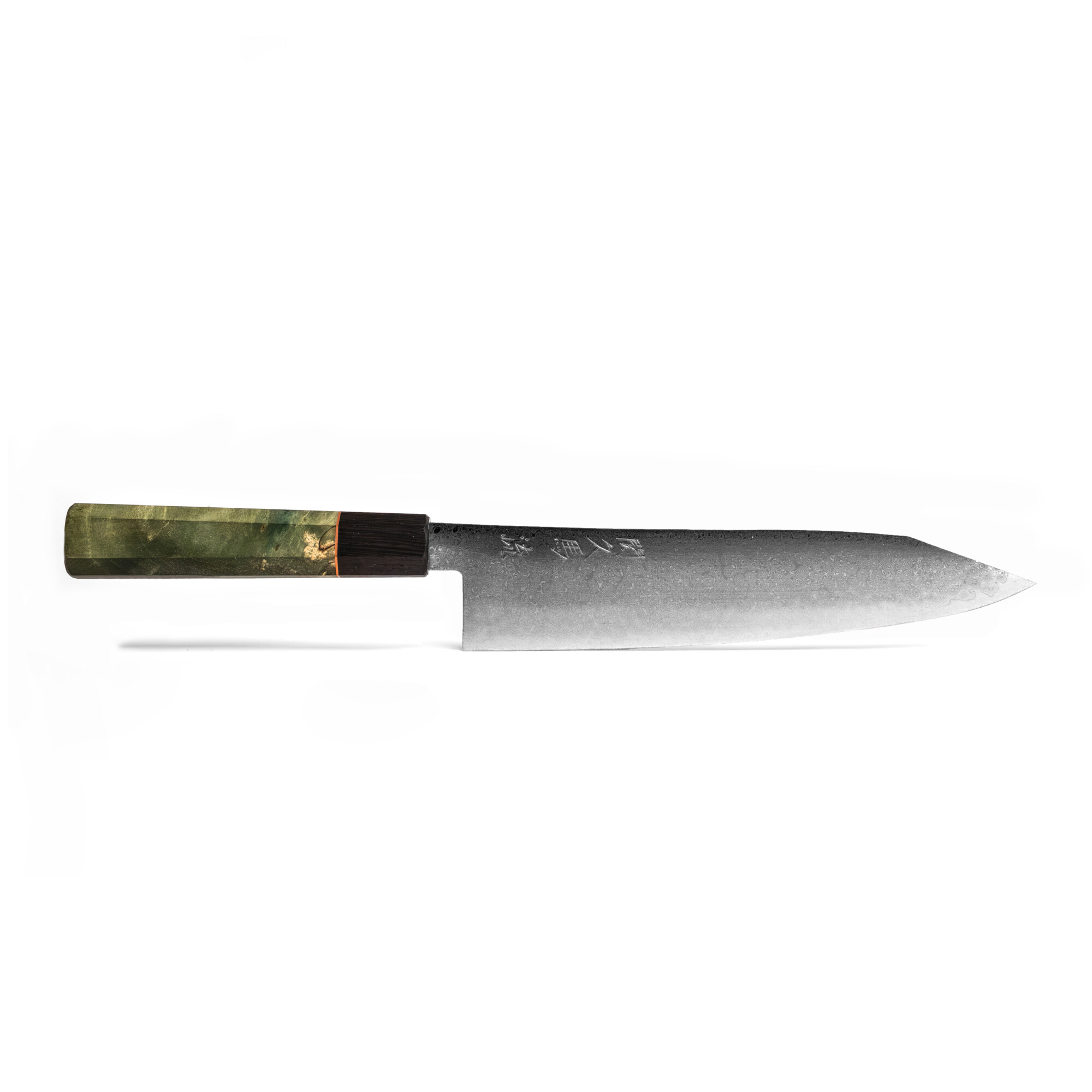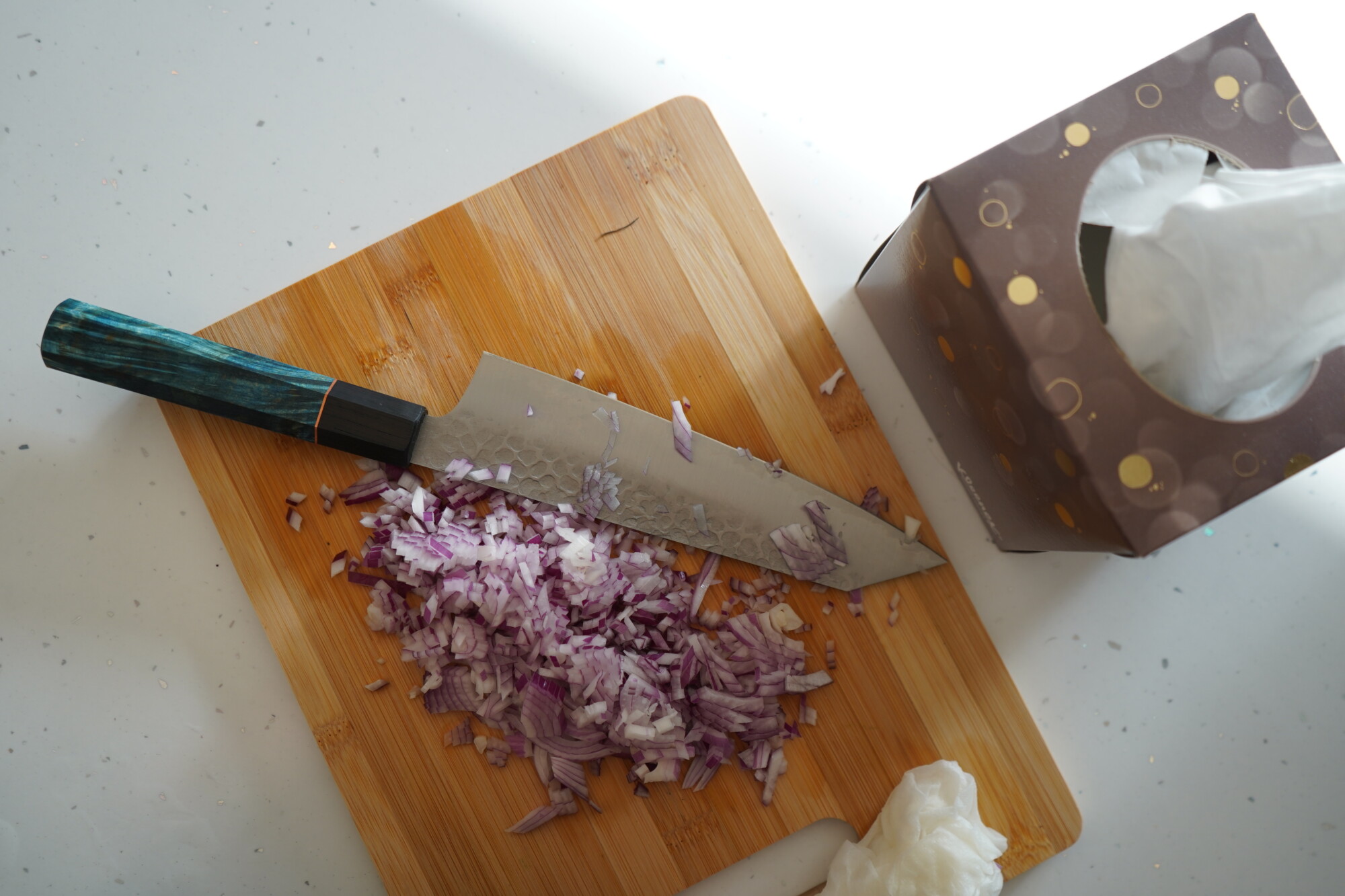Table of Contents
- Introduction
- Understanding Sushi
- Before You Begin
- The Sushi Bar Experience
- Essential Sushi Etiquette
- How to Eat Different Types of Sushi
- Beverage Pairings
- Special Considerations
- Sushi Vocabulary
- Modern Sushi Etiquette
- Common Mistakes to Avoid
- Sushi at Home
- Health Benefits of Sushi
- Sustainability in Sushi
- Conclusion
Introduction
Welcome to the fascinating world of sushi! As you embark on this culinary adventure, you’re not just discovering a new cuisine; you’re stepping into a rich cultural experience that embodies the essence of Japanese tradition, precision, and artistry. This comprehensive guide is designed to help you navigate the intricacies of sushi etiquette, ensuring that your journey is both delightful and respectful.
Sushi, with its delicate balance of flavours and textures, is more than just food—it’s an art form. Each piece is a carefully crafted masterpiece, representing centuries of tradition and the chef’s dedication to their craft. By learning the proper way to eat sushi, you’re not only enhancing your dining experience but also showing respect for this culinary art and the culture it represents.
Whether you’re a complete novice or someone looking to refine your sushi-eating skills, this guide will walk you through everything you need to know. From understanding the different types of sushi to mastering chopstick etiquette, we’ll cover all the do’s and don’ts that will help you feel confident and cultured in any sushi restaurant.
Remember, the goal is not to feel intimidated by the rules, but to use them as a framework to fully appreciate and enjoy your sushi experience. So, let’s dive in and discover the wonderful world of sushi together!
Understanding Sushi
Before we delve into the etiquette of eating sushi, it’s crucial to understand what sushi is and the various forms it can take. This knowledge will not only enhance your appreciation of the cuisine but also help you navigate sushi menus with confidence.
Types of Sushi
- Nigiri: This is perhaps the most recognisable form of sushi. Nigiri consists of a small, hand-pressed mound of vinegared rice topped with a slice of raw fish or seafood. The topping is often referred to as “neta.”
- Maki: These are sushi rolls where ingredients are wrapped in nori (seaweed) and rice. Maki can be further categorised into:
- Hosomaki: Thin rolls with usually one filling
- Futomaki: Thick rolls with multiple ingredients
- Uramaki: “Inside-out” rolls where rice is on the outside
- Temaki: Also known as hand rolls, temaki are cone-shaped sushi rolls that are eaten by hand.
- Sashimi: While not technically sushi (as it doesn’t include rice), sashimi is often served alongside sushi. It consists of thin slices of raw fish or seafood.
- Chirashi: This is a bowl of sushi rice topped with a variety of sashimi and other ingredients.
- Inari: Sweet, deep-fried tofu pockets filled with sushi rice.
Common Ingredients
Understanding common sushi ingredients will help you make informed choices and appreciate the flavours:
- Rice: The foundation of sushi is specially prepared vinegared rice, called “shari” or “sumeshi.”
- Nori: Dried seaweed sheets used to wrap maki rolls.
- Fish and Seafood: Common options include:
- Tuna (Maguro)
- Salmon (Sake)
- Yellowtail (Hamachi)
- Eel (Unagi)
- Shrimp (Ebi)
- Octopus (Tako)
- Squid (Ika)
- Vegetables:
- Cucumber (Kappa)
- Avocado
- Pickled radish (Oshinko)
- Eggs: Tamago, a slightly sweet omelet, is a common sushi ingredient.
- Condiments:
- Soy sauce (Shoyu)
- Wasabi
- Pickled ginger (Gari)
Understanding these basics will give you a solid foundation as we move forward into the etiquette and proper enjoyment of sushi.
Before You Begin
Preparing for your sushi experience starts long before you pick up your chopsticks. Here’s what you need to know to set yourself up for a fantastic sushi adventure.
Choosing the Right Sushi Restaurant
- Research: Look for restaurants with good reviews, particularly those praised for their fresh fish and authentic experience.
- Authenticity: Traditional Japanese sushi restaurants often provide a more genuine experience. Look for places run by Japanese chefs or those trained in Japan.
- Cleanliness: A clean restaurant is crucial, especially when raw fish is involved. Pay attention to overall hygiene ratings and reviews.
- Specialisation: Some restaurants specialise in certain types of sushi or fish. If you have preferences, look for places that excel in those areas.
- Price Range: Understand that high-quality sushi often comes with a higher price tag. However, expensive doesn’t always mean better. Find a place that fits your budget while maintaining quality.
Reservations and Timing
- Make Reservations: Popular sushi restaurants often require reservations, especially for dinner. Book in advance to secure your spot.
- Timing Matters: For the freshest fish, consider going for lunch or early dinner. Many top-quality sushi restaurants receive their fish deliveries in the morning.
- Avoid Rush Hours: If possible, dine during off-peak hours for a more relaxed experience and potentially more attention from the chef.
- Be Punctual: In Japanese culture, punctuality is highly valued. Arrive on time for your reservation to show respect for the restaurant and other diners.
Dress Code
While sushi restaurants vary in formality, it’s always good to dress appropriately:
- Smart Casual: For most sushi restaurants, smart casual attire is appropriate. This means no shorts, flip-flops, or overly casual wear.
- High-End Restaurants: For upscale or traditional sushi establishments, consider dressing more formally. Men might wear a collared shirt and slacks, while women could opt for a nice dress or blouse with dress pants.
- Avoid Strong Fragrances: Strong perfumes or colognes can interfere with the delicate flavours of sushi and disturb other diners. It’s best to avoid them.
- Comfortable Seating: If you’re planning to sit at the sushi bar, which often involves backless stools, ensure your outfit allows for comfortable seating for an extended period.
- Temperature Consideration: Sushi restaurants are often kept cool to maintain fish freshness. Consider bringing a light jacket or sweater.
By paying attention to these details before your sushi outing, you’re setting the stage for an enjoyable and respectful dining experience. Remember, part of the joy of sushi is in the entire experience, not just the food itself.
The Sushi Bar Experience
Sitting at the sushi bar can be an intimate and educational experience, allowing you to interact with the chef and watch the artistry of sushi-making up close. Here’s how to navigate this unique dining setup:
Seating Etiquette
- Choose Your Seat: If given the option, it’s generally best to sit in the center of the bar for the optimal view and interaction with the chef.
- Settle In: Once seated, make yourself comfortable but be mindful of your neighbours’ space.
- Personal Items: Keep your personal belongings close and out of the way. Avoid placing bags or coats on empty seats or the counter.
- Phone Etiquette: Keep your phone on silent and avoid using it at the bar. If you must take a call, step away from the bar area.
Interacting with the Sushi Chef
- Greeting: It’s polite to greet the chef with a simple “Konnichiwa” (Good day) or “Yoroshiku onegaishimasu” (Please take care of me).
- Respect the Chef’s Space: The area directly in front of the chef is their workspace. Avoid reaching across it or placing items there.
- Ordering: At high-end sushi bars, it’s common to order piece by piece rather than all at once. This ensures each piece is at its freshest when served.
- Trust the Chef: If you’re unsure what to order, don’t hesitate to ask for recommendations. Many chefs appreciate customers who are open to trying new things.
- Omakase: This means “I’ll leave it up to you” and allows the chef to serve their choice of sushi. It’s a great way to experience the chef’s expertise.
- Questions: Most sushi chefs are happy to answer questions about the fish or preparation methods. However, be mindful of their work and avoid excessive conversation during busy times.
- Compliments: If you enjoy a particular piece, a simple “Oishii” (delicious) is a great way to show your appreciation.
- Tipping: In Japan, tipping is not customary. In other countries, follow local tipping customs. In the U.S., for example, 15-20% is standard.
- Photography: Always ask permission before taking photos, especially of the chef or their workspace.
- Eating Speed: Try to eat each piece soon after it’s served. This shows respect for the chef’s timing and ensures you’re enjoying the sushi at its best.
- Special Requests: While it’s okay to make special requests (like no wasabi), understand that some traditional sushi chefs might be less accommodating to significant modifications.
- Handshakes: In Japan, it’s not customary to shake the sushi chef’s hand. A respectful bow or nod is more appropriate.
Remember, the sushi bar experience is about more than just the food. It’s an opportunity to witness the skill and artistry of sushi-making up close. By following these guidelines, you’ll not only show respect for the chef and the tradition but also open yourself up to a truly enriching culinary experience.
Essential Sushi Etiquette

Now that we’ve covered the basics of sushi and how to prepare for your dining experience, let’s dive into the essential etiquette of eating sushi. These guidelines will help you navigate your meal with confidence and respect for the tradition.
Chopstick Do’s and Don’ts
Chopsticks are the primary utensil for eating sushi, and using them correctly is a key part of sushi etiquette.
Do’s:
- Hold chopsticks towards their upper third, not in the middle or at the very top.
- Use chopsticks to pick up sushi rolls and larger pieces.
- When not in use, place chopsticks on the chopstick rest (hashioki) or across your plate.
- Use the opposite ends of your chopsticks to take food from shared plates.
Don’ts:
- Don’t rub chopsticks together (this implies the restaurant’s chopsticks are cheap).
- Avoid pointing with your chopsticks or waving them around.
- Never stick chopsticks vertically into your food, especially rice (this resembles a funeral ritual).
- Don’t pass food from chopsticks to chopsticks (another funeral association).
- Avoid licking your chopsticks or using them to pull plates closer.
Proper Hand Usage
While chopsticks are used for most sushi, there are times when it’s appropriate and even preferred to use your hands.
- Nigiri sushi is traditionally eaten with hands. This allows you to maintain the perfect shape and temperature.
- Temaki (hand rolls) are always eaten with hands due to their shape.
- If using your hands, it’s polite to use the oshibori (wet towel) provided to clean your hands before and after eating.
Eating Order
The order in which you eat your sushi can enhance your overall experience:
- Start with lighter, milder flavours and progress to stronger, richer tastes.
- Typically, white-fleshed fish are eaten before red-fleshed fish.
- Save strongly flavoured items like eel or sea urchin for later in the meal.
- If you’re having sashimi, eat it before sushi, as it’s subtler in flavour.
Soy Sauce and Wasabi Usage
Proper use of condiments is crucial to fully appreciate the flavours of sushi:
- Pour only a small amount of soy sauce into your dish. Refill as needed.
- Don’t mix wasabi into your soy sauce. This is considered disrespectful to the chef who has already balanced the flavours.
- If you want more wasabi, apply a small amount directly to the fish.
- For nigiri, dip the fish side briefly in soy sauce, not the rice side. The rice will absorb too much sauce and fall apart.
- Avoid over-dipping. The goal is to enhance, not overpower, the fish’s natural flavour.
Ginger: Its Purpose and How to Use It
Pickled ginger (gari) serves a specific purpose in the sushi-eating experience:
- Use ginger as a palate cleanser between different types of sushi, not as a topping.
- Take a small piece of ginger and eat it between different fish to refresh your taste buds.
- Don’t eat ginger together with your sushi or place it on top of sushi.
General Eating Etiquette
- Eat each piece of sushi in one bite if possible. If it’s too large, two bites are acceptable.
- Avoid talking with food in your mouth.
- It’s okay to use your hand to catch any falling pieces, but try to eat sushi gracefully to avoid this.
- If sharing sushi, use the opposite end of your chopsticks to take a piece from a shared plate.
How to Eat Different Types of Sushi

Each type of sushi has its own ideal eating method. Here’s a guide to help you navigate the various styles:
Nigiri
- Pick up the nigiri with your chopsticks or hands.
- Turn it upside down, so the fish is facing downward.
- Dip the fish lightly in soy sauce, avoiding the rice.
- Place the whole piece in your mouth, fish-side down on your tongue.
Maki
- Pick up a piece with your chopsticks.
- Dip lightly in soy sauce if desired.
- Eat in one bite if possible. If it’s a larger roll, two bites are acceptable.
Temaki
- Eat temaki with your hands, never with chopsticks.
- Hold it horizontally and bite from the open end.
- Eat quickly after it’s served to prevent the nori from becoming soggy.
Sashimi
- Pick up a slice with your chopsticks.
- Dip lightly in soy sauce.
- Eat in one bite, savouring the flavour and texture.
Beverage Pairings
Choosing the right beverage can enhance your sushi experience. Here are some traditional and modern pairing options:
Green Tea
- Green tea is the traditional beverage served with sushi.
- It cleanses the palate and aids digestion.
- Hold the cup with both hands when drinking.
Sake
- Contrary to popular belief, sake isn’t typically paired with sushi in Japan, as they’re both rice-based.
- If you do choose sake, opt for a light, crisp variety.
- It’s polite to pour for others and allow them to pour for you.
Beer
- Light lagers complement sushi well without overpowering the delicate flavors.
- Japanese brands like Sapporo, Kirin, or Asahi are popular choices.
Wine
- If you prefer wine, choose light, crisp white wines like Sauvignon Blanc or Pinot Grigio.
- Avoid heavy red wines that can overpower the fish flavours.
Special Considerations
Allergies and Dietary Restrictions
- Inform your server or chef about any allergies or dietary restrictions before ordering.
- Be specific about your needs, as some ingredients may not be obvious.
- If you’re unsure about a dish, always ask for clarification.
Pregnancy Concerns
- Pregnant women should avoid raw fish due to the risk of foodbourne illness.
- Cooked sushi options like tempura rolls, eel (unagi), or vegetarian rolls are safe alternatives.
- Always consult with your healthcare provider for personalised advice.
Sushi Vocabulary
Learning a few key Japanese terms can enhance your sushi experience:
- Itadakimasu – Said before eating, similar to “bon appétit”
- Gochisousama (deshita) – Said after the meal, meaning “thank you for the meal”
- Oishii – Delicious
- Sumimasen – Excuse me/Sorry (used to get the server’s attention)
- Omakase – Chef’s choice menu
- Neta – The topping on nigiri sushi
- Shari – Sushi rice
- Agari – Green tea served at the end of the meal
Modern Sushi Etiquette
As sushi has gained global popularity, some modern considerations have emerged:
Photography and Social Media
- Ask permission before taking photos, especially at the sushi bar.
- Be quick and discreet with photos to avoid disturbing other diners.
- Avoid using flash photography, which can be disruptive.
- Consider waiting to post on social media until after your meal to stay present in the experience.
Omakase Experience
- Omakase means “I’ll leave it up to you” and allows the chef to serve their choice of sushi.
- Be open-minded and trust the chef’s expertise.
- If there’s something you absolutely can’t eat, inform the chef beforehand.
- Eat each piece as it’s served to experience it at its best.
Common Mistakes to Avoid
- Mixing wasabi directly into your soy sauce
- Dipping the rice side of nigiri into soy sauce
- Eating ginger with your sushi instead of between pieces
- Rubbing your chopsticks together
- Passing food from chopsticks to chopsticks
- Pouring soy sauce over your sushi instead of dipping
- Eating your sushi in multiple small bites (when one or two bites would suffice)
- Drenching your sushi in soy sauce, overpowering the flavours
Sushi at Home
For those who want to enjoy sushi at home, here are some tips:
Buying Sushi-Grade Fish
- Purchase from reputable fishmongers or Japanese markets.
- Look for fish labeled “sushi-grade” or “sashimi-grade.”
- Use your senses: fresh fish should smell oceanic, not fishy.
- If you’re unsure about preparing raw fish safely, opt for cooked ingredients.
Essential Tools for Making Sushi
- Sharp knife (a specialised sushi knife if you’re serious)
- Bamboo rolling mat
- Rice cooker
- Rice vinegar
- Nori sheets
- Cutting board
Remember, making sushi at home requires practice and patience. Start with simple rolls and work your way up to more complex creations.
Health Benefits of Sushi
Sushi can be a healthy meal option when consumed in moderation:
- High in omega-3 fatty acids from fish
- Good source of protein
- Low in calories (especially sashimi)
- Contains vitamins and minerals from fish and vegetables
- Nori is rich in iodine and other minerals
However, be mindful of:
- Mercury levels in some fish (limit consumption of high-mercury fish)
- High sodium content in soy sauce
- Calorie content in rolls with mayonnaise or tempura
Sustainability in Sushi
As sushi lovers, it’s important to be aware of the environmental impact of our choices:
- Choose sustainable fish options. Resources like the Monterey Bay Aquarium’s Seafood Watch can help.
- Be aware of overfished species and try to avoid them.
- Consider trying vegetarian sushi options occasionally.
- Support restaurants that prioritise sustainable sourcing.
Conclusion
Eating sushi is more than just a meal—it’s an experience that engages all your senses and connects you to centuries of Japanese culinary tradition. By following these guidelines, you’ll not only show respect for the art of sushi but also enhance your own enjoyment of this exquisite cuisine.
Remember, the most important rule is to savour each bite mindfully. Appreciate the skill that goes into creating each piece, the freshness of the ingredients, and the harmony of flavours. Whether you’re a sushi novice or a seasoned enthusiast, there’s always something new to discover in the world of sushi.
As you embark on your sushi journey, keep an open mind and don’t be afraid to try new things. The world of sushi is vast and varied, with regional specialties and modern innovations constantly expanding the boundaries of this beloved cuisine.
Itadakimasu, and enjoy your sushi adventure!
